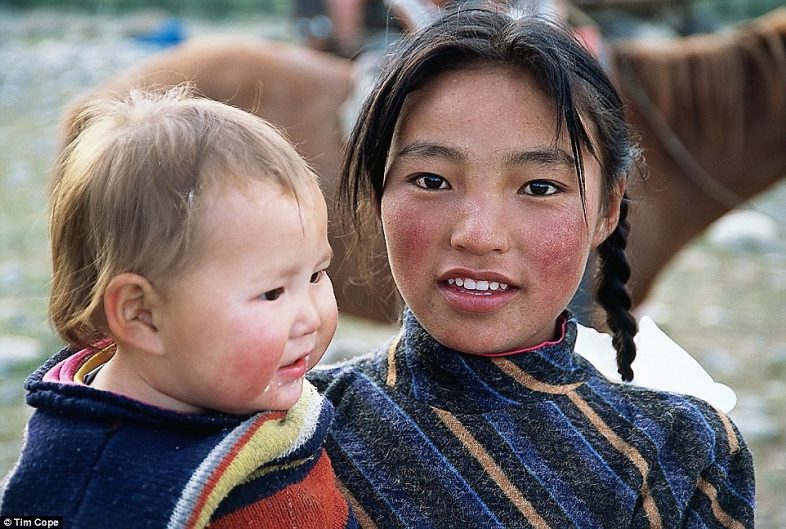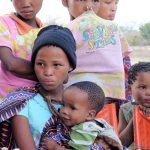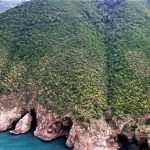Children_on_the_steppe_Daily Mail
In the steppes of Genghis Khan: How an Australian man spent three years in the Mongolian wilderness to capture rare insights into life in one of the world’s most remote places
Read more: http://www.dailymail.co.uk/news/article-3367504/Australian-photographer-Tim-Cope-spent-three-years-Mongolian-wilderness-capturing-incredible-images-world-s-remotest-places-people-live-there.html#ixzz4qz0JVzFc
Follow us: @MailOnline on Twitter | DailyMail on Facebook
A sixth grandfather is possible for Mongolians. The origin of their name is a problem for the etymology team. It is attested in Akkadian and ancient Arabic but it doesn’t sound good, and some people may be offended. The team will continue to look into it but no etymological data will be presented in this post. Part of the problem is caused by conflicting evidence or dogmatic considerations. At one time the Chinese promoted the myth that they are the children of Homo erectus. The word doesn’t mean their grandfather was characterised by his ability to main erection indefinitely, they wish, but only that he walked on two legs, like modern man. However, some blood tests appear to prove they are the children of modern man, or just everybody else.
The team can identify the skin colour of each of the four ancestral grandfathers as well as some distinctive features. But the colour of skin can change and so are some features for many reasons including the climate, the type of food they ate and how mixed were their communities with the children of other grandfathers. At the expense of increasing the post size, we will offer a brief history of your respective ancestral grandfather.
The team will also provide available photos of the main four grandfathers but again colour can change and so are some features after no more than seven generations.
It is not a scientific study but etymology at his probable best. Extant in languages descended from prehistoric ancient Arabians the names of the four main grandfathers and that of the Mongols. Identified as well are some of the arts and skills they were famous for.
Africa is definitely the ancestral home of all human beings but one of the two possible etymological origins of the word for “Africa” appears to be restricted to a group of people who have retained the name to this day. The other root refers to a place that either means “parted” or “distended” or “the place that people ran away from”.
In prehistoric times only Arabs appear to have been described as “a race” because the word ‘ ʻRq ‘ was identified as a suffixed extension of the root *ʻR. ‘Jins’ is both “type of people” and “sex”, like the English equivalent which may have an origin in *KS (kus) “cunt” and the same may apple to “kiss” . Jins is a prefixed extension of *NS, a great word that clearly identifies the origin of all human beings of all colours women. From the root is *NSl “offspring”. Unfortunately, we don’t have the names of our four ancestral grandmothers but we have the name of two of the grandfathers but all the names are bilateral roots, the prehistoric language of our ancestors.
There is a word in Arabic for “species” but it is used by anthropologists or biologists to mean the single human species Homo sapiens. These in turn are defined as a group of people with inherited physical features to distinguish them from other groups but the difference can be minimal.
The three main ethnographic divisions are:
1- Caucasian who are said to include Aryans, Hamites and Semites,
2- Mongolians: Chinese, Mongolians of the north, Japanese, Koreans, Indo-Chinese and others,
3- Negroid: African, Sinhalese and others.
The significance of such divisions is not clear nor the scientific reason behind it though the name “Aryan” can be etymologically important. More importantly, the classification is not supported by etymology that defines people in very ancient times before the huge mix that followed the advent of the Agrarian revolution.
Last modified: August 27, 2017



